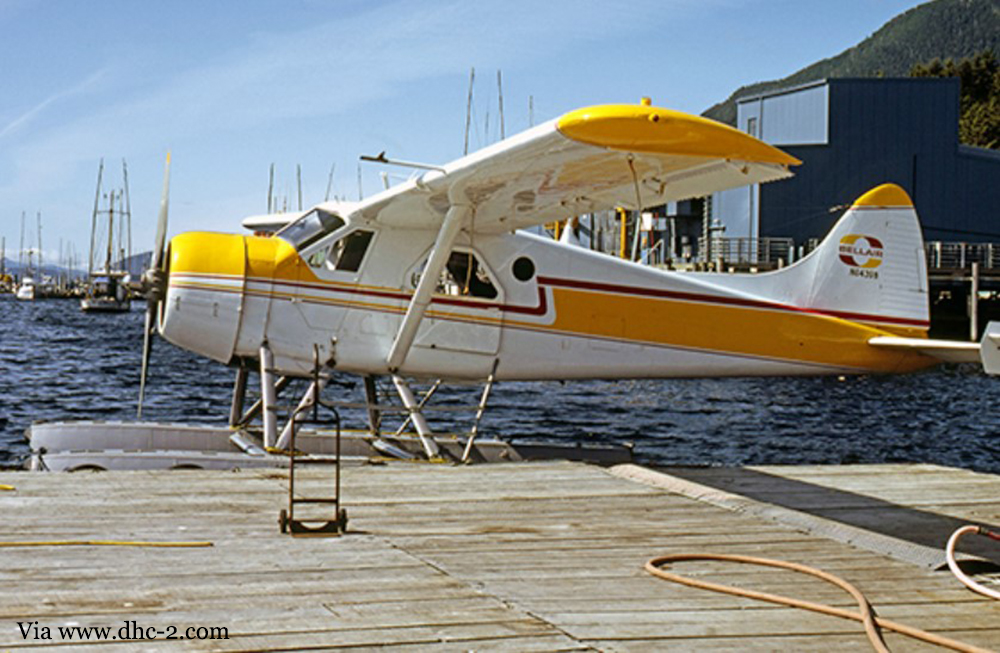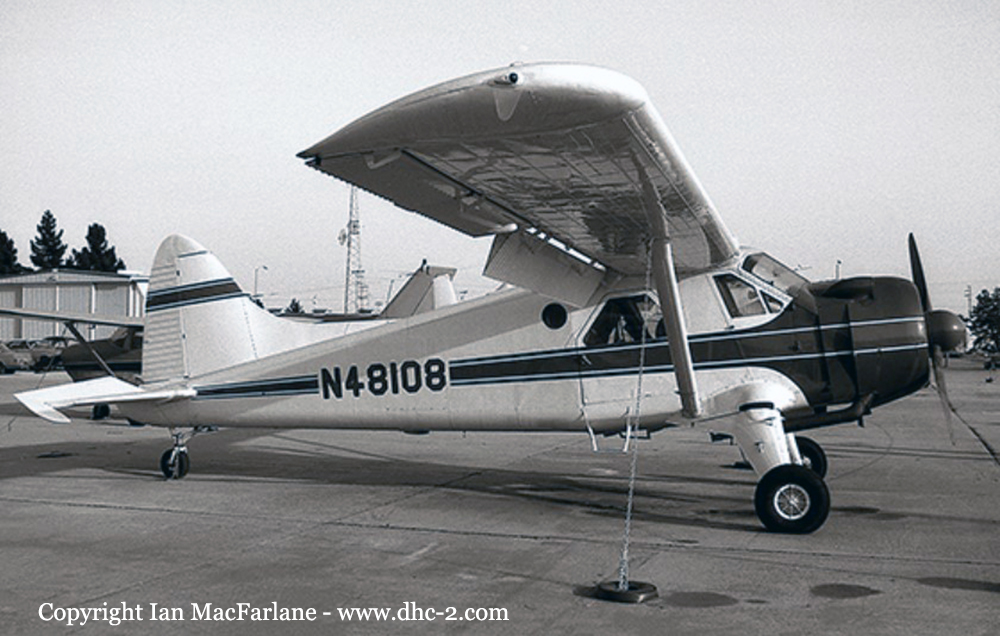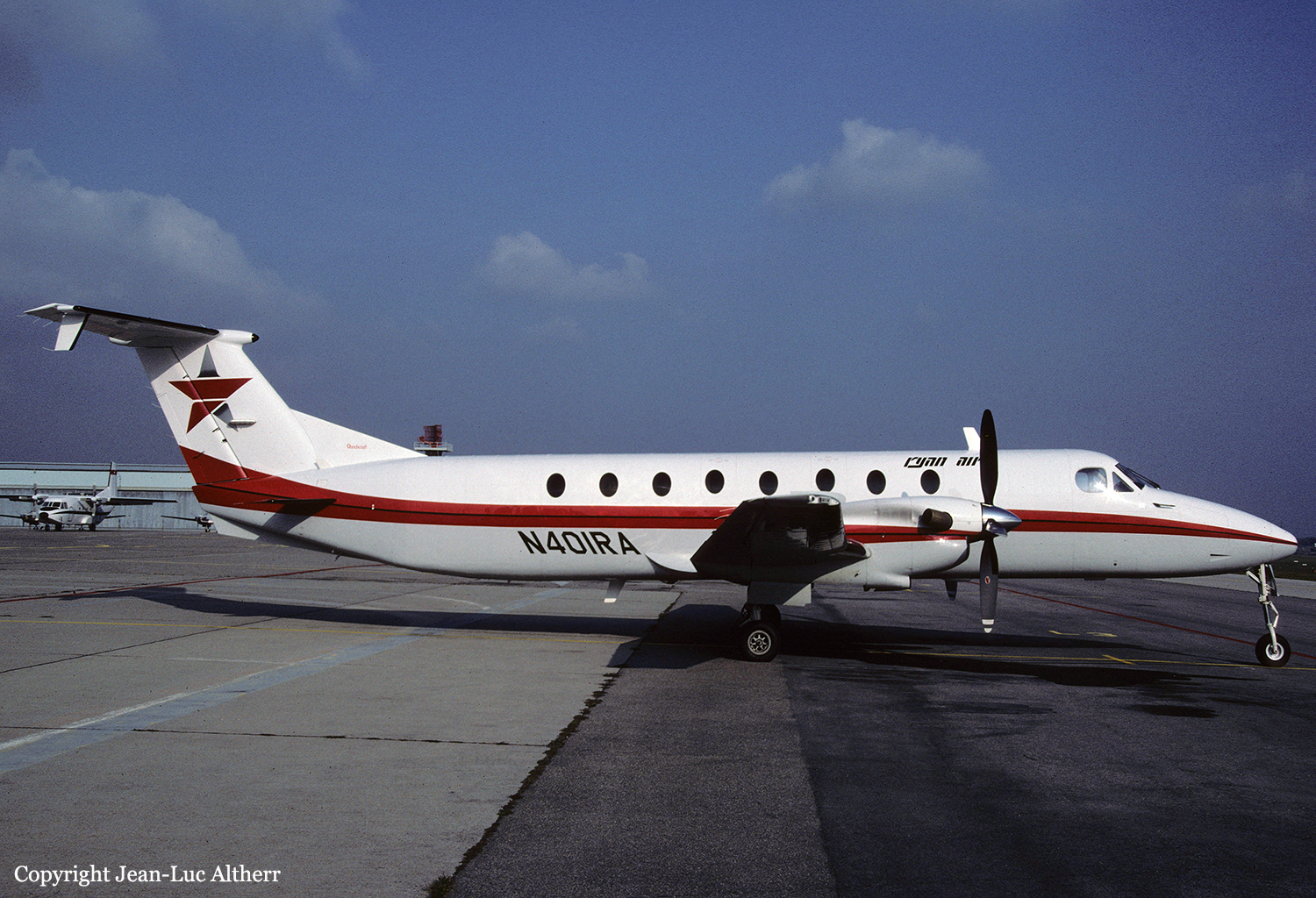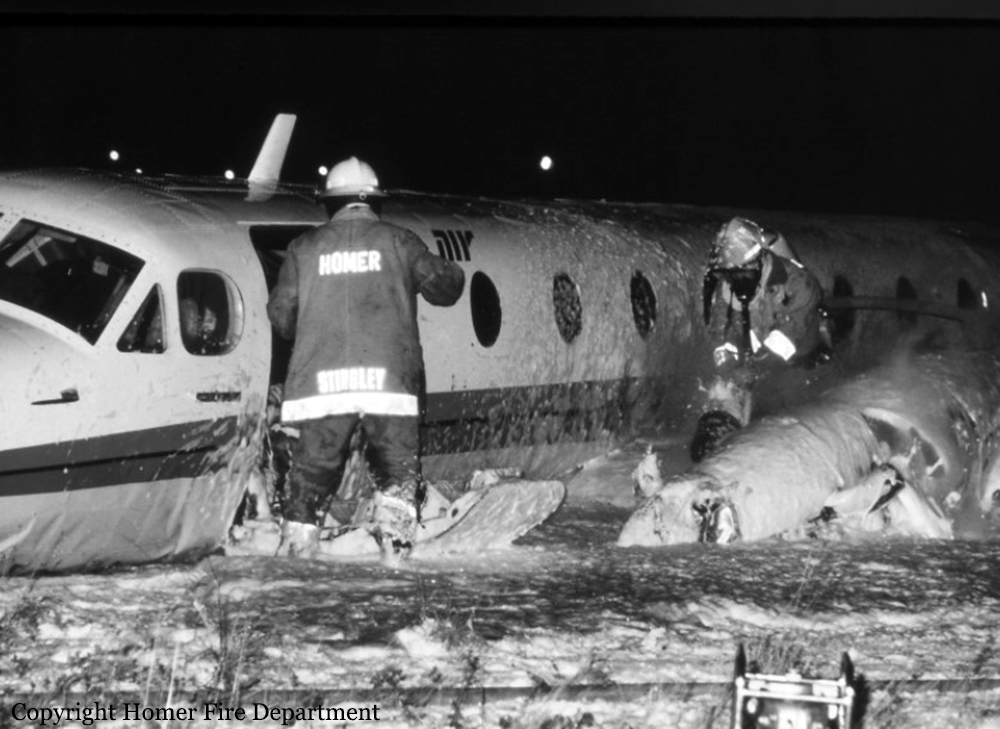Crash of a De Havilland DHC-2 Beaver in Sitka: 1 killed
Date & Time:
Aug 18, 1988 at 0620 LT
Registration:
N64398
Survivors:
No
Schedule:
Sitka - Rowan Bay
MSN:
251
YOM:
1952
Crew on board:
1
Crew fatalities:
Pax on board:
0
Pax fatalities:
Other fatalities:
Total fatalities:
1
Captain / Total hours on type:
700.00
Aircraft flight hours:
13985
Circumstances:
While on a flight from Sitka to Rowan Bay, Alaska, the pilot flew up a valley intending to cross a pass whose elevation was 2,745 feet msl. Upon approaching the pass the pilot encountered clouds which prevented his transit. The pilot then executed a 180° right course reversal and at some point near the completion of the maneuver and in close proximity to the steep terrain along the western edge of the pass the pilot allowed the aircraft to enter a stall condition. The aircraft impacted the 40° sloped terrain in a steep nose down, near wings level attitude and with a steep flight path. The pilot, sole on board, was killed.
Probable cause:
Occurrence #1: loss of control - in flight
Phase of operation: maneuvering - turn to reverse direction
Findings
1. (c) weather evaluation - inadequate - pilot in command
2. (c) in-flight planning/decision - delayed - pilot in command
3. (f) weather condition - clouds
4. (c) stall - inadvertent - pilot in command
5. (f) terrain condition - mountainous/hilly
----------
Occurrence #2: in flight collision with terrain/water
Phase of operation: descent - uncontrolled
Phase of operation: maneuvering - turn to reverse direction
Findings
1. (c) weather evaluation - inadequate - pilot in command
2. (c) in-flight planning/decision - delayed - pilot in command
3. (f) weather condition - clouds
4. (c) stall - inadvertent - pilot in command
5. (f) terrain condition - mountainous/hilly
----------
Occurrence #2: in flight collision with terrain/water
Phase of operation: descent - uncontrolled
Final Report:













